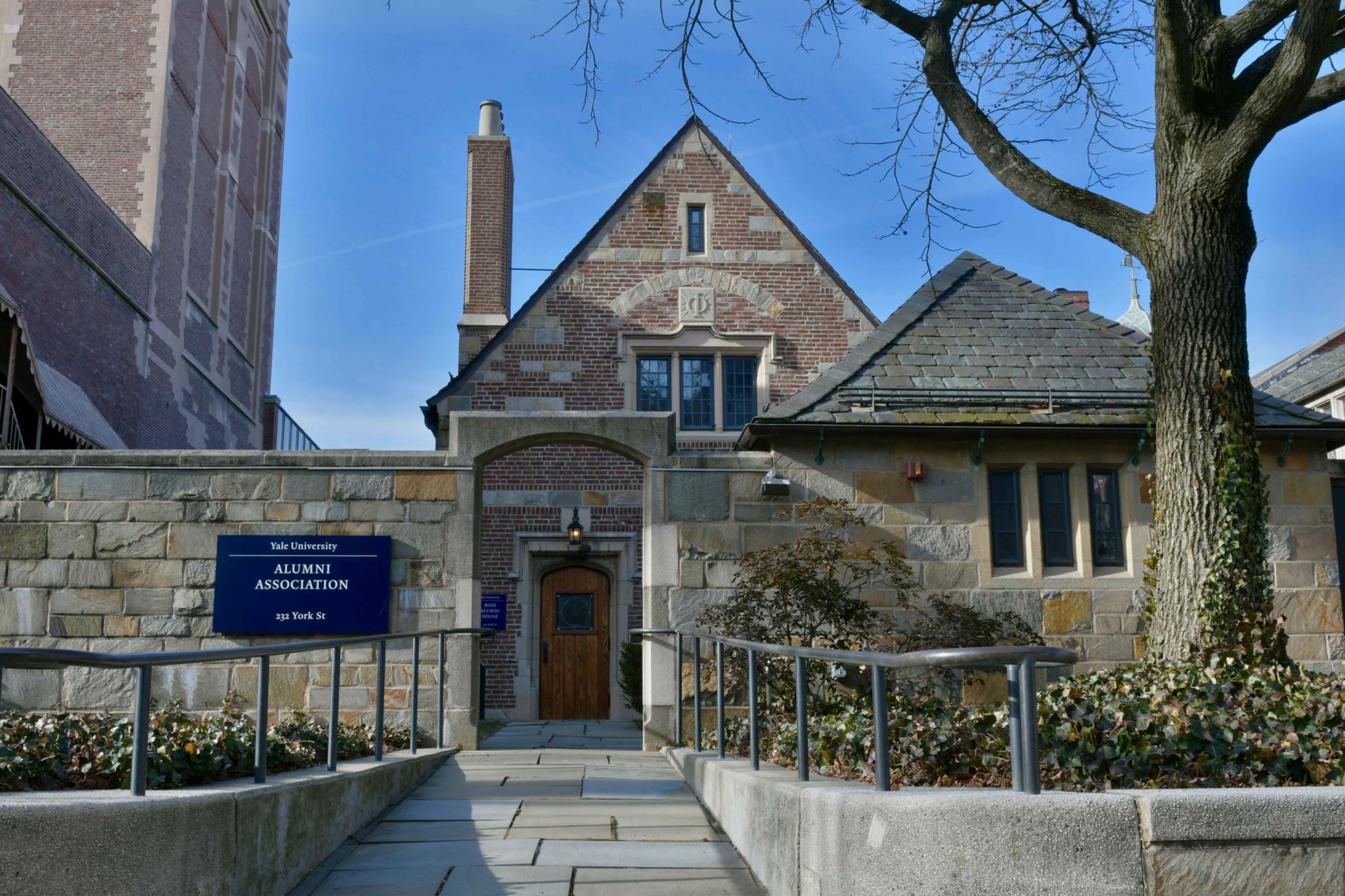
David Zheng
As Yale College continues to celebrate the 50th anniversary of the first women to matriculate, a New York Times UpShot piece earlier this month by Claire Cain Miller ’02 and a book by Anne Perkins ’81 have sparked controversy, highlighting the University’s alleged lack of preparation for co-education at the time.
The pieces focus on the equity levels at the time of matriculation. According to the authors, while Yale built bathrooms and dorm rooms for women, they failed to adequately assimilate women into other aspects of the school — competitive sports teams and women’s studies classes among others.
“There were meager athletic offerings, little in the way of specialized healthcare and even less academic counseling — and some of it came in the form of professors hitting on us,” wrote Cynthia Brill ’72, in a Yale Alumni Voices piece. “Women professors were scarce. Women, in short, were scarce, except on weekends, when the mixer buses brought them, still, to the campus.”
Prior to co-education, “mixer culture” was a popular phenomenon that happened Saturday evenings. According to Perkins, the practice included driving a bus-load of women from “worthy” colleges nearby — Smith and Mount Holyoke — to Yale, where men and women would be able to meet each other.
According to Perkins, the growing tiredness the male students felt towards the mixer culture was one of the reasons Yale decided to coeducate.
“A rising number of students began to turn Yale down for Harvard because they didn’t have to travel to date,” Perkins said.
At the same time, Yale College began admitting more students from public high schools, whereas students from private and prep schools had previously dominated campus. According to Perkins, myan of the new students that came from public high schools coming to Yale “[didn’t] think that an all male school [was] normal.”
In September 1969, Derek Shearer ’68, head of the student government at the time — now known as YCC — plastered the campus with a photo of his sister Brooke and the caption “Please Mr. Brewster why can’t I go to Yale.”
The 230 women admitted faced incredible challenges in a school that was traditionally male-domianted. One such obstacle was the “thousand male leaders” quota — a desire to create “one thousand male leaders,” thereby forcing the school to accept, at minimum, 1,000 male students.
Even after Yale College went co-ed, Yale’s President, Kingman Brewster, remained somewhat of an obstacle toward gender equality in the College, according to Perkins. Brewster went to an all boys prep school before going to an all-boys Yale College and becoming President of his alma mater. As a result, she said, he did not have many examples of women in his life in traditionally male leadership positions, according to Perkins.
Brewster appointed Elga Wasserman as the head of co-education at Yale. Despite this, she was not given the title of associate dean but rather “special assistant.” According to Perkins, Brewster and Wasserman saw the role in different lights. While Brewster saw letting women into the school as a logistical process, Wasserman saw the role much more expansively. She hoped to turn Yale into an institution with gender equity, said Perkins. Wasserman felt that women professors important for the College, not just for the female students but also the male students, she said.
According to Perkins, though Wasserman did not receive much funding from Yale, she reached out to a wealthy trustee of Radcliffe College to provide her with a grant that allowed her to work outside of her budget.
In a News opinion piece, Daniel DiMaio ’74, a first-year student during Yale’s second year of co-education, noted that though his Directed Studies class only discussed the work of men — Edgar Allen Poe, Franz Kafka, William Shakespeare — he hardly noticed it at the time. According to DiMaio, although he “knew that history was being made by the first women in Yale College” he did not “appreciate at the time how difficult it was for these pioneers.”
Despite the difficulties that many of the female students faced, nearly all look back at their time at Yale with appreciation. Many of the women noted the opportunities that Yale offered them.
In an interview with the News, Perkins recalled her own time at Yale College. She was admitted to Yale eight years after it coeducated and already changes were visible. According to Perkins, the barriers being broken during her time were the leadership positions of student organizations. While women were welcome in the classroom during co-education’s early years, they were often kept out of student organizations either “explicitly or by practice.”
This year marks Yale University’s 150th anniversary and Yale College’s 50th anniversary of co-education. In the past 50 years, Yale has progressed toward having females in leadership positions, female sports teams and equity in classrooms. English classrooms have integrated female authors into their syllabi and the Women’s, Gender, and Sexuality Studies — then called the Women’s Studies Program — won the approval of Yale’s faculty in May 1979.
Perkins eventually became the first woman editor-in-chief of the Yale Daily News.
Kelly Wei | kelly.wei@yale.edu







